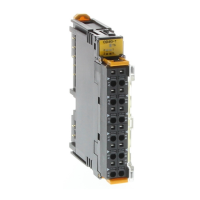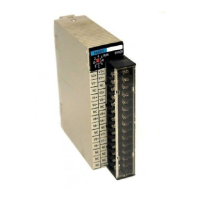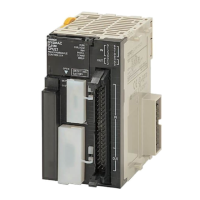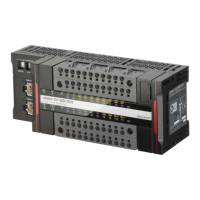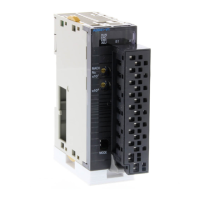16
Unit Numbers and I/O Allocations Section 2-2
Note As shown in example 1, 0 is entered into any unused area that creates a gap
in another area. Such an area cannot be used for any other purpose. If there
is more than 1 byte that do not create a gap in any other area, such as in word
4 in example 2, then they can be used for other purposes.
Allocated Data
Patterns
The following kinds of data can be allocated for the Master. The Programming
Device can be used to freely select the kinds/combination of data allocated. If
the Programming Device isn’t used to select the data pattern, the default set-
ting is used, which is I/O data + Communications Unit Status Flags (pattern
number 1 in the following table).
#2
AD2
#3
ID4
#4
ID4
#5
ID4
#1
ID4
+2
+3
+1
CH
15 8 0
#1
+4
0
#2
+0
#3 #4 #5
#2
AD2
#3
ID4
#4
ID4
#5
ID4
#1
ID4
+2
+3
+1
15 8 0
#1
+4
0
#2
+0
#3 #4 #5
Communications Unit Status
Commu-
nications
Unit
0
Word
A 0 will be entered into the unused areas.
These areas cannot be used for any other
purposes.
Example Input Area 1 (Total of 10 Bytes)
#2
AD2
#3
ID4
#4
ID4
#1
ID4
+2
+3
+1
15 8 0
#1
+4
0
#2
+0
#3 #4
Communications Unit Status
Commu-
nications
Unit
Word
Unused
Nothing will be input into this unused area.
If there is more then one unused byte that does
not create gaps in any area, then it can be used
for another purpose.
A 0 will be entered into this unused area.
This area cannot be used for other purposes.
Example Input Area 2 (Total of 9 Bytes)
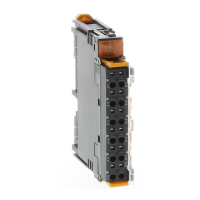
